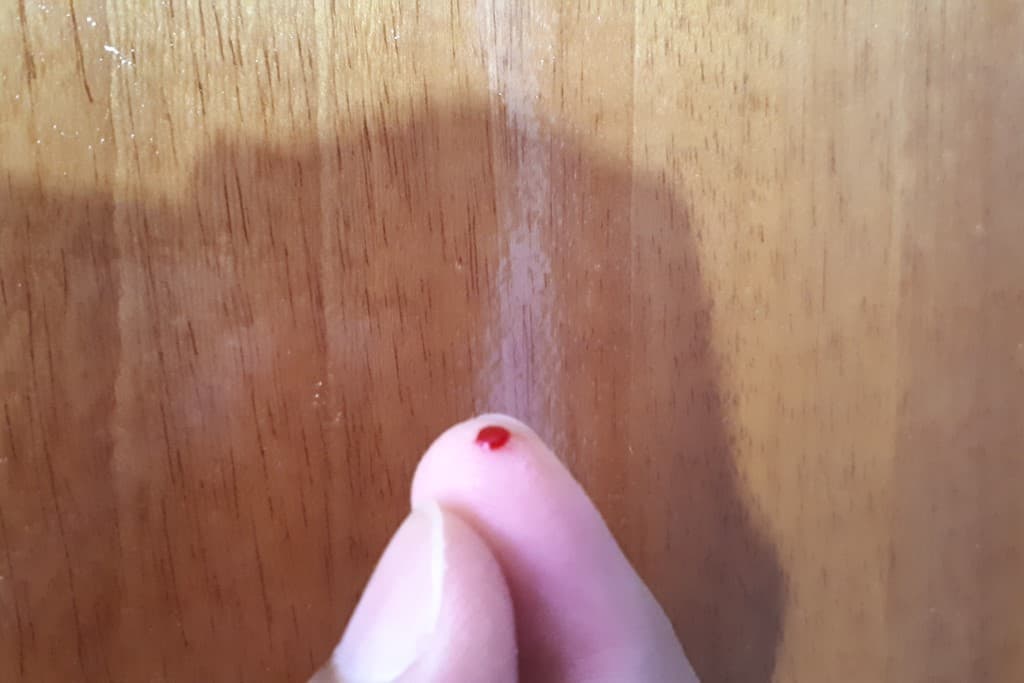
While some finger prick blood tests are done in the laboratory, at-home blood tests are an easy and simple way of gaining some insight into your health without the hassle of visiting a lab or doctor’s office. Nowadays, the number of tests that can be done at home have increased, and many people are taking advantage of it.
For most people, pricking a finger at home is a simple activity, but there are many who have a hard time. To help prevent the frustration you may feel and make it a bit easier to get a drop of blood from your finger, here are some tips to get the blood flowing and ensure you carry out the test safely and effectively.
1. Warm Up Your Hands
Cold hands make blood flow sluggish, which can make it harder to get a good sample. Plus, pricking a cold finger often hurts more.
Tip: Wash your hands with warm water for a minute or more before testing. Use water that is as hot as you can stand it, as this will help to get the blood flowing as much as possible. Of course, don’t burn your hand. Warm fingers give better results with less discomfort. If you don’t have warm water, try hanging your hand down at your side for a minute or so. Gravity can help getting more blood to your fingers.
2. Pick the Right Finger
Certain fingers might be more sensitive than others, and if you prick the same one repeatedly, it can get sore.
Tip: Rotate between different fingers to give them time to heal. The sides of your fingertips (rather than the center) tend to be less sensitive, so aim for those spots for a more comfortable experience.
3. Adjust the Lancet Depth
Most lancets allow you to adjust the depth of the needle. If it’s set too shallow, you might not get enough blood. Too deep, and it might be more painful than necessary.
Tip: Start with a medium setting and adjust based on what works for you. The goal is to find the right balance—just deep enough to get a good drop of blood with minimal discomfort.
4. Stay Hydrated
Dehydration can make it harder to get a sufficient blood sample because your blood flow slows down.
Tip: Drink plenty of water throughout the day to stay hydrated. Or if you haven’t, try gulping down two glasses of water 30 minutes before you start. Well-hydrated blood vessels make it easier to get a good sample on the first try. It’ll also help ensure you get accurate results, as being dehydrated could affect your readings.
5. Massage Gently
If you don’t get enough blood with the initial prick, avoid the temptation to squeeze too hard. Squeezing can cause interstitial fluid to mix with your blood, leading to inaccurate results.
Tip: Gently massage your finger from the base toward the tip before pricking. This helps encourage blood flow without needing to squeeze after the prick. If the blood is slow after the prick you can repeat the process gently.
6. Keep Supplies Organized
Scrambling to find your test strips, lancet, or meter can turn a simple test into a stressful ordeal. Keeping everything in one place makes the process smoother and quicker.
Tip: Use a small pouch or container to keep all your testing supplies together. This way, everything is easily accessible, and you won’t be hunting for anything when it’s time to test.
7. Always Wash Your Hands
Even though it’s a small amount of blood, unwashed hands can lead to contamination and inaccurate readings. Food particles like sugar can interfere with your test.
Tip: Wash your hands with soap and water before each test. If you can’t wash them, use an alcohol swab, but make sure your hands are dry before pricking. If you don’t have anything available to clean your hands, then wipe off the first drop of blood from your finger before testing. Note: Follow your manufacturer’s guidelines for your particular test.
8. Stick to a Routine
For glucose, testing at consistent times helps you get the most accurate view of how your blood sugar is changing throughout the day or overtime.
Tip: Set reminders on your phone to test at the same time each day—like before meals, after meals, or before bed. Keeping a regular schedule helps you see patterns more clearly and adjust your health plan accordingly.
9. Consider Asking a Friend to Help
Don’t be afraid to ask someone for help, whether it’s a family member or a friend. You may be afraid to prick your finger or the sight of blood may get you scared. Whatever it is that you struggle with, don’t hesitate to get someone to help.
10. Take a Hot Shower or Bath
A hot shower or bath can help improve your blood circulation as it increases your body’s temperature. This allows for your blood to flow through your body more easily and can make taking a finger-prick blood sample a less pain-staking experience.
11. Try Some Light Exercise
To maximize blood flow, it can help to do some light exercise before you take the test. Maybe a little walking or swinging your arms in circles for a few minutes. Doing so can help with getting the blood you need.
Wrapping Up
For many, finger-prick blood tests are a convenient and simple way of checking on their health without having to visit a clinic or go to a doctor’s office. However, a lot of the work has to be done by them, like pricking their finger, collecting blood, and doing the test. At a lab or doctor’s office, that would be done for them.
I hope the tips provided here can be of some help when pricking your finger. Don’t hesitate to reach out for help if you need it and don’t forget to follow your doctor’s advice or manufacturer’s when performing tests at home.
